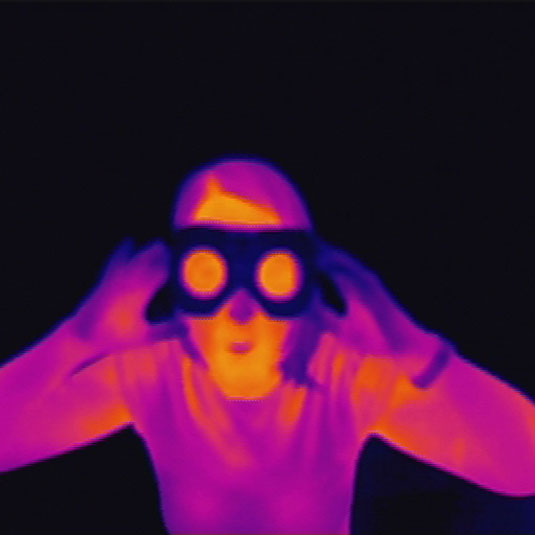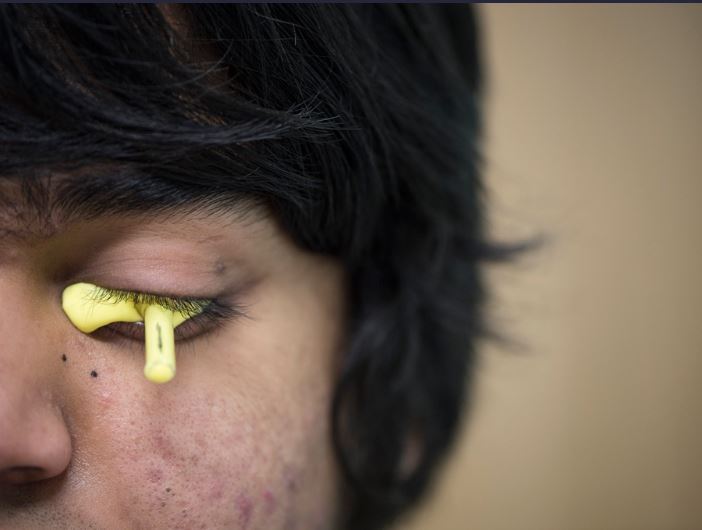 How Maggots Got Back Into Mainstream Medicine
How Maggots Got Back Into Mainstream MedicineBy the time Michelle Marineau saw her patient, James*, there was little she could do to help him...
 Fasting Mimicking Diet Diet Claims To Slow Aging, While This Genetic Mutation Does
Fasting Mimicking Diet Diet Claims To Slow Aging, While This Genetic Mutation DoesWith the help of a small stool, Mercy Carrion clambers onto an examination table. The obese 50...
 Eat To Treat: Can You Use Food As Medicine For A Specific Disease?
Eat To Treat: Can You Use Food As Medicine For A Specific Disease?“What if you could cure all your health problems and lose 10 pounds in just 7 days? That’s...
 The Calorie Is Broken - And That's Why Dieting Doesn't Always Work
The Calorie Is Broken - And That's Why Dieting Doesn't Always WorkBo Nash is 38. He lives in Arlington, Texas, where he’s a technology director for a textbook...




 Finally, Drummond had everything he’d ever dreamed of. He’d come a long way since he was a little boy, upset at his failure to get into the grammar school. That had been a great disappointment to his mother, and to his father, who was an engineer at a pharmaceutical company. His dad had never showed much interest in him as a child. He didn’t play with him and when he was naughty, he’d put him over the back of a chair and wallop him. That’s just the way men were in those days. Your father was feared and respected. Dads were dads.
Finally, Drummond had everything he’d ever dreamed of. He’d come a long way since he was a little boy, upset at his failure to get into the grammar school. That had been a great disappointment to his mother, and to his father, who was an engineer at a pharmaceutical company. His dad had never showed much interest in him as a child. He didn’t play with him and when he was naughty, he’d put him over the back of a chair and wallop him. That’s just the way men were in those days. Your father was feared and respected. Dads were dads.
 Bad Gastein in the Austrian Alps. It’s 10 am on a Wednesday in early March, cold and snowy – but not in the entrance to the main gallery of what was once a gold mine. Togged out in swimming trunks, flip-flops and a bath robe, I have just squeezed into one of the carriages of a narrow-gauge railway that’s about to carry me 2 km into the heart of the Radhausberg mountain.
Bad Gastein in the Austrian Alps. It’s 10 am on a Wednesday in early March, cold and snowy – but not in the entrance to the main gallery of what was once a gold mine. Togged out in swimming trunks, flip-flops and a bath robe, I have just squeezed into one of the carriages of a narrow-gauge railway that’s about to carry me 2 km into the heart of the Radhausberg mountain.




 Haskell Karp was 37 when he suffered his first heart attack, and over the next ten years he suffered a variety of related problems. By 1969 even the slightest effort, like combing his hair or brushing his teeth, would bring on chest pain or extreme shortness of breath.
Haskell Karp was 37 when he suffered his first heart attack, and over the next ten years he suffered a variety of related problems. By 1969 even the slightest effort, like combing his hair or brushing his teeth, would bring on chest pain or extreme shortness of breath. 
